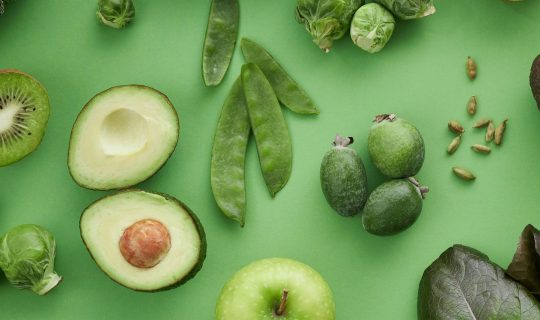Let me start by saying something that might sound surprising coming from a nutritionist: weight loss is not the holy grail of health. Health is not a number on the scale, and body weight alone tells us very little about metabolic health, nutritional status, stress resilience, or long-term wellbeing. That said, I also recognise something…
August vegetable of the month: Tomatoes
by Dave Stansbie
Part of the nightshade family, tomatoes are a fruit even though they are usually considered and consumed like a vegetable. Believe it or not, there are around a staggering 10.000 varieties of tomatoes, varying in colour (red, green, purple, yellow) shape, size, and geographical distribution. Some of the best known and well-loved are cherry tomatoes, Datterino, heritage, but be sure to try rarer and more exotic versions whenever you get the opportunity!
Nutritional value
Why are tomatoes so nutritionally awesome as well as delicious? They are rich in potassium, vitamin C, vitamin K, folate, and also in the phytonutrient lycopene (which becomes available when tomatoes are cooked or even gently warmed) which has shown to be protective for the cardiovascular system.
Lycopene is also great at helping prevent sunburn, essential for preserving skin health in sunny seasons and climates.
It doesn’t stop there! Naringen and beta-carotenoids are natural antioxidants present in tomatoes that can help in lowering inflammation.
A 100g of tomatoes typically constitute 95% water and will provide around 18% kcal.
Tomatoes are also a good source of insoluble fiber, ideal for keeping blood sugar levels balanced.
Recipe ideas
Tomatoes are really versatile! Enjoy them raw in salads along with other vegetables, or with grains such as pearl barley. They are delicious when oven baked with some saffron on the top, or used to make tomato sauce.



